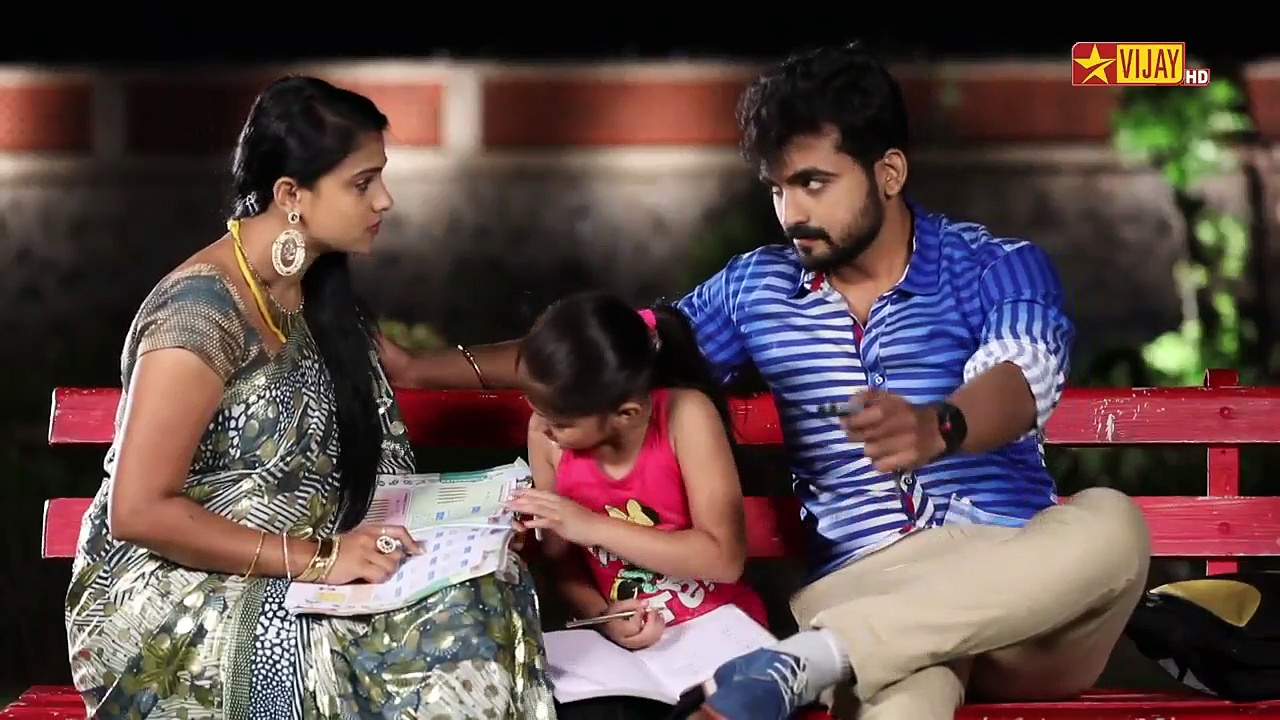

Introduction: 75% of patients with bladder cancer present with non-muscle-invasive disease. Role of restage transurethral resection of bladder tumour in high risk non muscle invasive bladder carcinomaĭ. This can be specially useful in betel nut chewing population with unhealthy gum and will appear as a new horizon of substitution urethroplasty. Conclusion: Our pilot study proved that a product of tissue engineering, already being used in the cardiovascular surgery domain, can be used in stricture urethra with satisfactory results using standard approach. Two patients have got failure due to wound infections. Post operative maximal flow on uroflowmetry (Qmax) ranged from 15ml/sec to 22 ml/sec. Results: Out of 10 patients, 8 (80%) have got successful outcome. Urethral foley’s catheter was removed on 21stpost operative day. After ensuring sterile urine culture all patients had undergone ATEPP urethroplasty in lithotomy position in perineal approach. Materials and Methods: All patients of long segment anterior urethral stricture planned for substitution urethroplasty who are willing to give consent are included in the study.
NEELI 01 09 2017 VIJAY TV SERIAL EPISODE 183 PATCH
Acellular tissue engineered pericardial patch (ATEPP) urethroplasty can provide a new option in this regard and such our objective is to use acellular tissue engineered pericardial patch (ATEPP) in patients undergoing substitution urethroplasty and to find the results in terms of success with follow-up. Buccal mucosal graft harvesting causes considerable morbidity to patients and quality of buccal mucosa is also found to be poor in betel nut chewing males. Introduction and Objectives: Substituion urethroplasty using buccal mucosal graft (BMG)is now considered as the treatment of choice for long segment anterior urethral stricture. SSKM and IPGMER Hospital, Kolkata, West Bengal, India With increasing experience, minimal invasive techniques though technically demanding provides equivalent success rate with better cosmetic outcome and faster convalescence.Īcellular tissue engineered pericardial patch urethroplasty: A new horizon of substitution urethroplastyĬhoudhury Sunirmal, Roy Pinaki, Pal Dilip Kumar Conclusion: Pyeloplasty is feasible, effective and safe procedure even in complex cases of renal anatomic anomalies with pelviureteric junction obstruction. Clinical success was 100% in each group while radiological success were 100% in laparoscopic and robotic approach while 66.67% in open group. Operative duration in open, laparoscopic and robotic approaches was 96mins, 97mins and 137mins while hospital stay was 5.33 days, 3.60 days and 4.37 days respectively.

There were no intraoperative complication.

Robotic approach was most commonly used in 8 patients followed by laparoscopic and open approach in 5 and 3 patients respectively. Mean follow up duration was 30 months (5-60months). Results: Sixteen cases were having anomalous kidneys consisting of horseshoe kidneys(HSK) in 9 patients, ectopic non-fused kidneys in 4 patients and ectopic fused pancake kidney, duplex kidney and malrotated kidney each in 1 patient. Sixteen patients who were planned for surgery for PUJ obstruction from December 2013 to June 2018 were included. Materials and Methods: We conducted a retrospective review of pyeloplasty in patients with congenital anomalous kidneys at our national tertiary referral center. The presence of difficult, unfamiliar and anomalous anatomy makes pyeloplasty challenging in these conditions. The presence of PUJ obstruction with other anatomical anomalies of the kidney is uncommon. Introduction: Pyeloplasty is gold standard method of surgical treatment for pelviureteric junction (PUJ) junction obstruction with good outcome.

Kumar Lalit, Nayyar Rishi, Nayak Brusabhanu, Singh Prabhjot, Kumar Rajeev, Seth Amlesh Pyeloplasty for pelviureteric junction obstruction in anomalous kidneys: An experience at tertiary care center


 0 kommentar(er)
0 kommentar(er)
